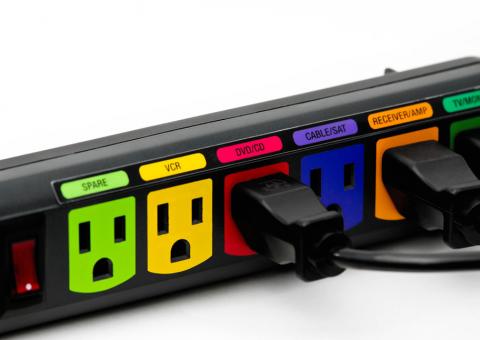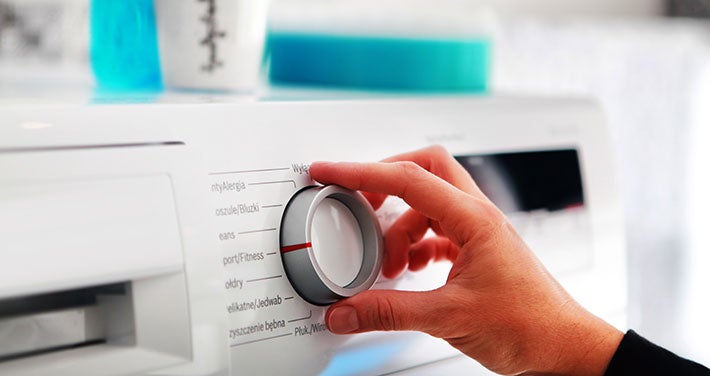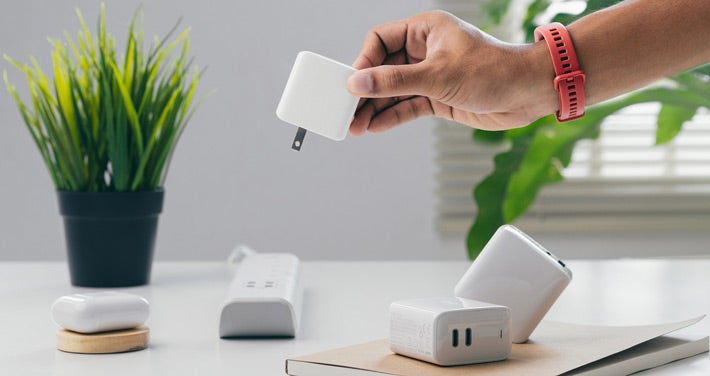As the nights grow longer and shadows dance, it's not just ghouls and goblins you need to fear during the Halloween season. There are silent, sneaky, and downright spooky energy vampires lurking in the darkest corners of your home, steadily draining your electricity and, scarier still, your wallet!
But fear not, brave home dweller! You don't need a silver bullet or a stake through the heart to banish these phantom power-suckers. We're here to equip you with the knowledge to identify them, expose their hiding spots, and send them packing before they turn your energy bill into a true horror story.
What Are These "Phantom Loads"?
Imagine your electronics, even when "off," still secretly sipping electricity. That's standby power, often called "ghost power," "vampire power," or "phantom load." It's the silent hum of your TV in standby, the glowing clock on your microwave, or your charger subtly drawing power even when nothing's connected.
Did You Know? These sneaky energy vampires can cost the average household around $100 every single year! That's a lot of candy corn.
Many devices remain "awake" to power a small display, keep internal clocks running, or await a remote signal. The only surefire way to sever their power supply is to unplug them completely.
Unmasking the Culprits:
Your Vampire Hunter's Guide
Before you go on a rampage unplugging everything (please, don't unplug your fridge!), let's pinpoint the biggest energy offenders. Some devices are far greedier than others.
Want to play energy detective in your own home? For about $15, or even a free visit to some local libraries, you can get your hands on an Electrical Meter Socket (also known as a Power Meter Plug). This handy gadget lets you plug in any device and see exactly how much power it's drawing – even when "off." It's the ultimate tool to reveal your home's most insatiable energy vampires!
Common Energy Vampires to Watch
The Remote-Controlled Rascals
Anything waiting for a signal from a remote is likely drawing standby power:
- TVs and sound systems
- Gaming consoles (even when "off")
- DVD, Blu-Ray, and Stereos
- Streaming devices
- Cable/satellite boxes
- Electric garage door openers
The Always-On Apparitions
These devices seem innocent but keep humming:
- Wi-Fi routers and cable modems (often essential, but still draw power!)
- Cordless phone systems
- Microwaves and coffee makers with digital clocks (do the clocks serve a household purpose?)
The Stealthy Siphoners
Often overlooked, but they add up:
- Laptop chargers (even when the laptop isn't connected or fully charged)
- Desktop computers (especially if left in sleep mode instead of fully off)
- Printers
- Electric musical instruments
- Any charger that feels warm to the touch when not actively charging a device – that warmth is wasted energy! (Please investigate further if any charger feels hot - this could be a safety hazard.)
High-Tech Hocus Pocus:
Vanquishing the Vampires!
Garlic and crucifixes won't work on these modern-day bloodsuckers, but smart strategies will!
- The Unplugging Ritual: When a device is fully charged, unplug its charger from the wall. If the charger is warm, it's still draining power.
- Smart Strip Sanctuary: Gather your frequently used chargers (phone, tablet, etc.) into a "smart" power strip. These strips can detect when devices are off or fully charged and cut the power automatically, or with a single flip of a switch.
- Power-Saving Charms: Check your appliance manuals for "power save" or "eco" modes. These settings can reduce standby consumption by turning off unnecessary displays or functions.
- ENERGY STAR® Amulets: Shopping for new appliances? Look for the ENERGY STAR® label. These products are designed to be super-efficient, often using up to 50% less power than standard models.
- Simplify for Savings: Do you truly use the timer on your coffee maker? Appliances with fewer extra features often cost less to buy and consume less standby power.
- Full System Shutdown: After a movie night, don't just turn off the TV. Power down your entire entertainment system – DVD player, sound system, cable box, game console. Better yet, plug them all into one smart power strip for an easy "off" switch.
For more tips and resources on saving energy, visit unitil.com/ways-to-save or explore sites like NHSaves.com, MassSave.com, or EfficiencyMaine.com for energy-saving solutions and rebates.
Key Takeaways:
- Energy vampires can account for as much as 5-10% of your home's electric bill.
- Home entertainment devices consume most of the phantom power in your home. A “smart” power strip makes it easy to turn your entire system on and off to save money when it’s not in use.
- Devices with large plugs or bricks, such as laptop computers, consume electricity in standby mode. If the plug is warm to the touch, that’s a sign that electricity is being wasted in the conversion to heat energy.





